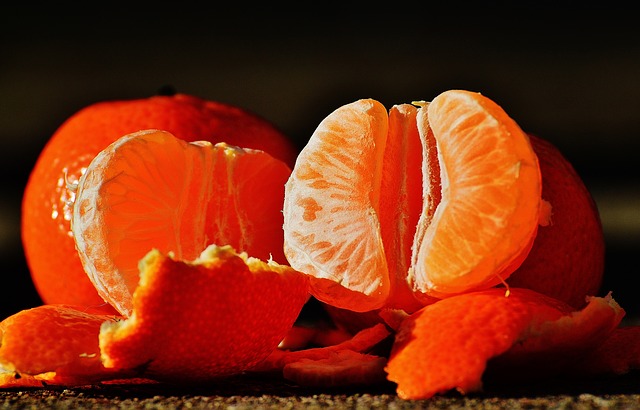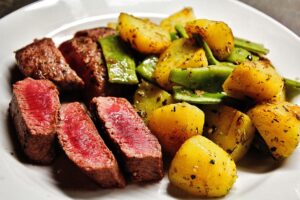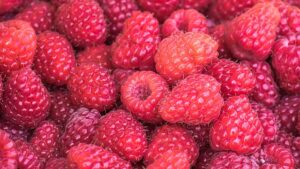Introduction
Carbohydrates are one of the essential macronutrients that provide energy to our bodies. They are composed of carbon, hydrogen, and oxygen atoms. Polymers of carbohydrates are formed when multiple monosaccharide units are linked together through glycosidic bonds. These polymers play crucial roles in various biological processes and are found in a wide range of foods.
Monosaccharides: Building Blocks of Carbohydrate Polymers
Monosaccharides are the simplest form of carbohydrates and serve as the building blocks for carbohydrate polymers. They are classified based on the number of carbon atoms they contain, such as trioses (3 carbons), pentoses (5 carbons), and hexoses (6 carbons). Examples of monosaccharides include glucose, fructose, and galactose.
Oligosaccharides: Short Carbohydrate Polymers
Oligosaccharides are carbohydrate polymers composed of a small number of monosaccharide units, typically between 2 to 10. They are commonly found in foods like beans, lentils, and certain vegetables. Oligosaccharides serve as prebiotics, promoting the growth of beneficial gut bacteria. Examples of oligosaccharides include raffinose and stachyose.
Polysaccharides: Complex Carbohydrate Polymers
Polysaccharides are large carbohydrate polymers composed of many monosaccharide units. They can be classified into several types based on their structure and function.
Starch: Starch is the primary storage polysaccharide in plants. It is composed of two types of glucose polymers: amylose and amylopectin. Amylose is a linear chain of glucose molecules, while amylopectin is a branched chain. Starch is a major source of energy in the human diet and is found in foods like grains, potatoes, and legumes.
Glycogen: Glycogen is the storage polysaccharide in animals, including humans. It is structurally similar to amylopectin but more highly branched. Glycogen is primarily stored in the liver and muscles and serves as a readily available source of glucose for energy during times of need.
Cellulose: Cellulose is the most abundant polysaccharide on Earth and forms the structural component of plant cell walls. It is composed of long chains of glucose molecules linked by beta-glycosidic bonds. Unlike starch and glycogen, cellulose cannot be digested by humans due to the lack of specific enzymes, but it provides dietary fiber and aids in digestion.
Chitin: Chitin is a polysaccharide found in the exoskeletons of arthropods, such as insects and crustaceans, as well as in the cell walls of fungi. It is composed of N-acetylglucosamine units linked by beta-glycosidic bonds. Chitin provides structural support and protection in these organisms.
Conclusion
In summary, the polymers of carbohydrates are formed by linking monosaccharide units together. Monosaccharides are the building blocks, while oligosaccharides and polysaccharides are short and complex carbohydrate polymers, respectively. Each type of polysaccharide has unique structures and functions, such as energy storage (starch and glycogen), structural support (cellulose), and protection (chitin). Understanding the polymers of carbohydrates is important for comprehending their roles in nutrition and biology.
References
– National Center for Biotechnology Information. (2021). Carbohydrates. Retrieved from ncbi.nlm.nih.gov
– Nelson, D. L., Cox, M. M. (2008). Lehninger Principles of Biochemistry. W.H. Freeman and Company.
– Stryer, L. (1995). Biochemistry. W.H. Freeman and Company.













